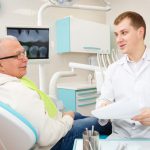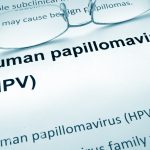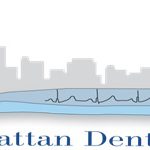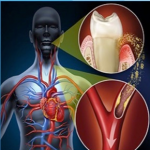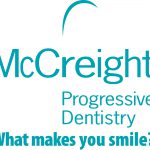
As children, we are constantly exploring to see how things work. We are given books to explore what others have learned and puzzles help us to see how things fit together. As a dental hygienist, I use the puzzle analogy often when referring to periodontal disease. As oral health care professionals, we are trying to put pieces together to resolve or at minimum reduce the patient’s inflammation. To do so in a timely manner, we need to know as many of the pieces as possible. We all know the fru...
Read More


